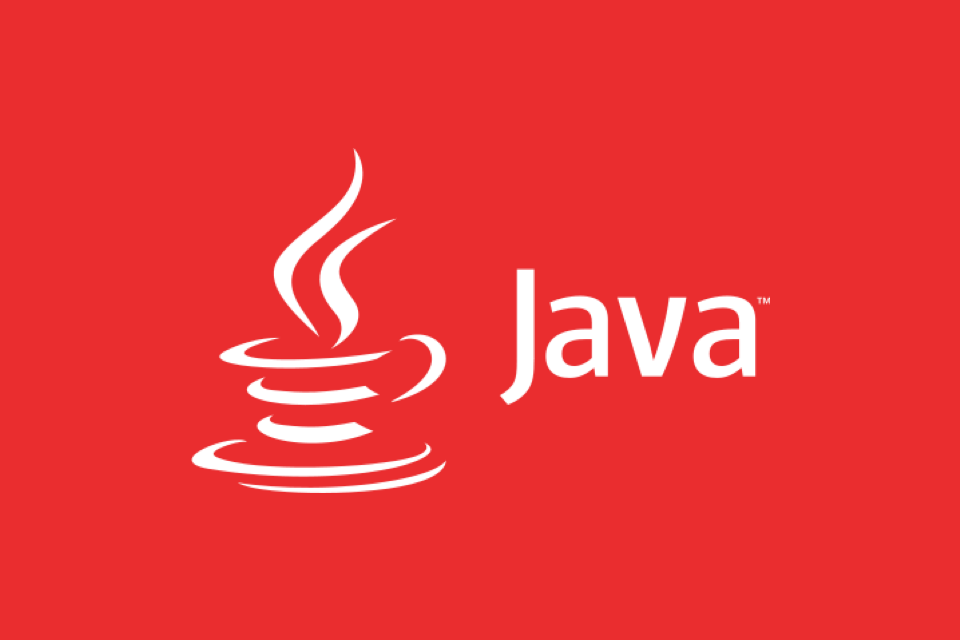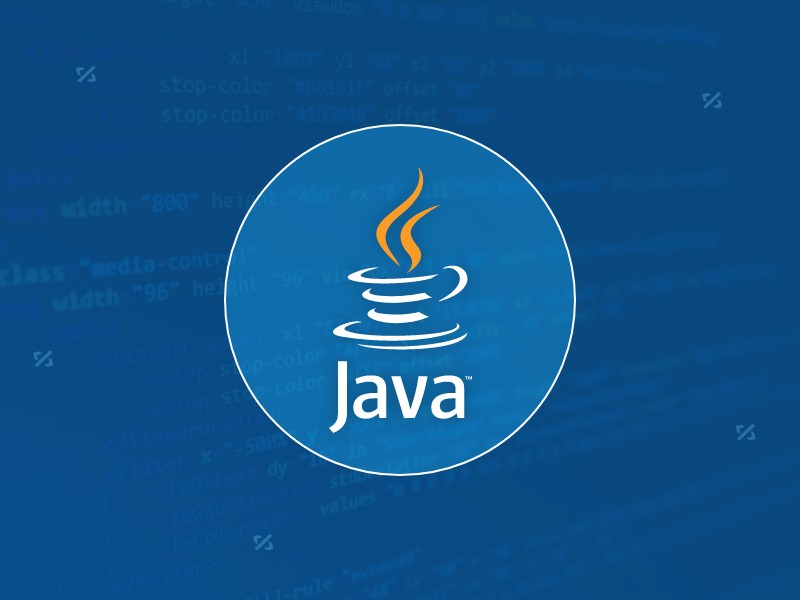Asynchronous Programming Techniques in Modern Java
Jul 07, 2025 am 02:24 AMJava supports asynchronous programming including the use of CompletableFuture, responsive streams (such as Project Reactor), and virtual threads in Java 19. 1. CompletableFuture improves code readability and maintenance through chain calls, and supports task orchestration and exception handling; 2. Project Reactor provides Mono and Flux types to implement responsive programming, with backpressure mechanism and rich operators; 3. Virtual threads reduce concurrency costs, are suitable for I/O-intensive tasks, and are lighter and easier to expand than traditional platform threads. Each approach has applicable scenarios, and appropriate tools should be selected according to your needs and mixed models should be avoided to maintain simplicity.

Java has come a long way in supporting asynchronous programming, especially with the evolution of features like CompletableFuture , reactive streams, and more recently, virtual threads in Java 19 . If you're working on applications that require high concurrency—like web services or real-time data processing—understanding how to manage async tasks efficiently is key.

Using CompletableFuture for Cleaner Async Code
Before CompletableFuture (introduced in Java 8), managing asynchronous operations often means dealing with nested callsbacks or manually handling thread coordination. Now, it's much smoother.

With CompletableFuture , you can chain async operations using methods like .thenApply() , .thenAccept() , and .exceptionally() . This makes your code not only more readable but also easier to debug and maintain.
For example:

CompletableFuture<String> future = CompletableFuture.supplyAsync(() -> {
// Simulate a long-running task
return "Result";
});
future.thenApply(result -> result "processed")
.thenAccept(System.out::println);A few things to keep in mind:
- Avoid blocking calls unless necessary; use
.thenApply()or.thenCompose()to continue the flow. - Handle exceptions gracefully using
.exceptionally()or.handle()so your async pipeline doesn't silently fail. - Use custom executors if you want more control over thread pools instead of relying on the common fork-join pool.
Leveraging Reactive Streams with Project Reactor
If you're building systems that deal with streams of data—like event-driven architectures or streaming APIs—reactive programming becomes a natural fit. Libraries like Project Reactor offer Mono and Flux types that represent asynchronous sequences of 0..1 ( Mono ) or 0..N ( Flux ) items.
Here's a simple example of fetching user data asynchronously:
Mono<User> userMono = userService.getUserById(123);
userMono.subscribe(user -> System.out.println("Got user: " user.getName())); Reactive streams give you backpressure support out of the box, which helps prevent overwhelming your system when producers are faster than consumers. Also, operators like map , flatMap , filter , and zip make composing complex async logic surprisingly clean.
Some tips:
- Don't mix blocking and non-blocking styles without understanding the consequences.
- Be cautious about where transformations happen by specifying schedulers using
.subscribeOn()and.publishOn(). - Use
Schedulers.boundedElastic()for blocking I/O-bound tasks inside a reactive pipeline.
Exploring Virtual Threads (Java 19)
One of the biggest recent additions to Java's async capabilities is virtual threads , introduced as part of Project Loom starting from Java 19.
Unlike platform threads (the traditional OS-backed threads), virtual threads are lightweight and managed by the JVM. This means you can spawn millions of them without the usual overhead.
To try it out:
ExecutorService executor = Executors.newVirtualThreadPerTaskExecutor();
executor.submit(() -> {
// Your long-running or blocking task here
return null;
});This is particularly useful for I/O-heavy workloads like HTTP clients, database calls, or message brokers, where threads often sit idle waiting for responses.
Key points:
- Virtual threads aren't magic—they still need resources, just fewer than platform threads.
- They work best when used with blocking-style code that would otherwise tie up regular threads.
- Existing async libraries will likely evolve to take advantage of this under the hood soon.
Asynchronous programming in modern Java offers several solid paths depending on your use case. Whether you're sticking with CompletableFuture , going full reactive, or experimenting with virtual threads, each approach brings its own strengths to the table. The trick is knowing when to reach for which tool—and avoiding mixing models unless you really need the flexibility.
That's basically it.
The above is the detailed content of Asynchronous Programming Techniques in Modern Java. For more information, please follow other related articles on the PHP Chinese website!

Hot AI Tools

Undress AI Tool
Undress images for free

Undresser.AI Undress
AI-powered app for creating realistic nude photos

AI Clothes Remover
Online AI tool for removing clothes from photos.

Clothoff.io
AI clothes remover

Video Face Swap
Swap faces in any video effortlessly with our completely free AI face swap tool!

Hot Article

Hot Tools

Notepad++7.3.1
Easy-to-use and free code editor

SublimeText3 Chinese version
Chinese version, very easy to use

Zend Studio 13.0.1
Powerful PHP integrated development environment

Dreamweaver CS6
Visual web development tools

SublimeText3 Mac version
God-level code editing software (SublimeText3)

Hot Topics
 Selecting Specific Columns | Performance Optimization
Jun 27, 2025 pm 05:46 PM
Selecting Specific Columns | Performance Optimization
Jun 27, 2025 pm 05:46 PM
Selectingonlyneededcolumnsimprovesperformancebyreducingresourceusage.1.Fetchingallcolumnsincreasesmemory,network,andprocessingoverhead.2.Unnecessarydataretrievalpreventseffectiveindexuse,raisesdiskI/O,andslowsqueryexecution.3.Tooptimize,identifyrequi
 What is the `enum` type in Java?
Jul 02, 2025 am 01:31 AM
What is the `enum` type in Java?
Jul 02, 2025 am 01:31 AM
Enums in Java are special classes that represent fixed number of constant values. 1. Use the enum keyword definition; 2. Each enum value is a public static final instance of the enum type; 3. It can include fields, constructors and methods to add behavior to each constant; 4. It can be used in switch statements, supports direct comparison, and provides built-in methods such as name(), ordinal(), values() and valueOf(); 5. Enumeration can improve the type safety, readability and flexibility of the code, and is suitable for limited collection scenarios such as status codes, colors or week.
 Applying Semantic Structure with article, section, and aside in HTML
Jul 05, 2025 am 02:03 AM
Applying Semantic Structure with article, section, and aside in HTML
Jul 05, 2025 am 02:03 AM
The rational use of semantic tags in HTML can improve page structure clarity, accessibility and SEO effects. 1. Used for independent content blocks, such as blog posts or comments, it must be self-contained; 2. Used for classification related content, usually including titles, and is suitable for different modules of the page; 3. Used for auxiliary information related to the main content but not core, such as sidebar recommendations or author profiles. In actual development, labels should be combined and other, avoid excessive nesting, keep the structure simple, and verify the rationality of the structure through developer tools.
 What is the JDK?
Jun 25, 2025 pm 04:05 PM
What is the JDK?
Jun 25, 2025 pm 04:05 PM
JDK (JavaDevelopmentKit) is a software development environment for developing Java applications and applets. It contains tools and libraries required to compile, debug and run Java programs. Its core components include Java compiler (javac), Java runtime environment (JRE), Java interpreter (java), debugger (jdb), document generation tools (javadoc) and packaging tools (such as jar and jmod). Developers need JDK to write, compile Java code and develop with the help of IDE; without JDK, Java applications cannot be built or modified. You can enter javac-version and java-version in the terminal
 VSCode debugger for Java setup guide
Jul 01, 2025 am 12:22 AM
VSCode debugger for Java setup guide
Jul 01, 2025 am 12:22 AM
The key steps in configuring the Java debugging environment on VSCode include: 1. Install JDK and verify; 2. Install JavaExtensionPack and DebuggerforJava plug-in; 3. Create and configure the launch.json file, specify mainClass and projectName; 4. Set up the correct project structure to ensure the source code path and compilation output are correct; 5. Use debugging techniques such as Watch, F8/F10/F11 shortcut keys and methods to deal with common problems such as class not found or JVM attachment failure.
 Windows search bar not typing
Jul 02, 2025 am 10:55 AM
Windows search bar not typing
Jul 02, 2025 am 10:55 AM
When the Windows search bar cannot enter text, common solutions are: 1. Restart the Explorer or computer, open the Task Manager to restart the "Windows Explorer" process, or restart the device directly; 2. Switch or uninstall the input method, try to use the English input method or Microsoft's own input method to eliminate third-party input method conflicts; 3. Run the system file check tool, execute the sfc/scannow command in the command prompt to repair the system files; 4. Reset or rebuild the search index, and rebuild it through the "Index Options" in the "Control Panel". Usually, we start with simple steps first, and most problems can be solved step by step.
 How do I set up VS Code for Java development?
Jun 29, 2025 am 12:23 AM
How do I set up VS Code for Java development?
Jun 29, 2025 am 12:23 AM
To use VSCode for Java development, you need to install the necessary extensions, configure the JDK and set up the workspace. 1. Install JavaExtensionPack, including language support, debugging integration, build tools and code completion functions; optional JavaTestRunner or SpringBoot extension package. 2. Install at least JDK17 and verify through java-version and javac-version; set the JAVA_HOME environment variable, or switch multiple JDKs in the status bar at the bottom of VSCode. 3. After opening the project folder, make sure the project structure is correct and enable automatic saving, adjust the formatting rules, enable code checking, and configure the compilation task to optimize the opening.
 Why use the `Serializable` interface?
Jun 26, 2025 am 01:02 AM
Why use the `Serializable` interface?
Jun 26, 2025 am 01:02 AM
ImplementingtheSerializableinterfaceinJavaallowsaclasstobeconvertedintoabytestreamforstorageortransmission.Asamarkerinterfacewithnomethods,itsignalsthattheclassisreadyforserialization,enablingmechanismslikeObjectOutputStreamtoprocessit.Failingtoimple






